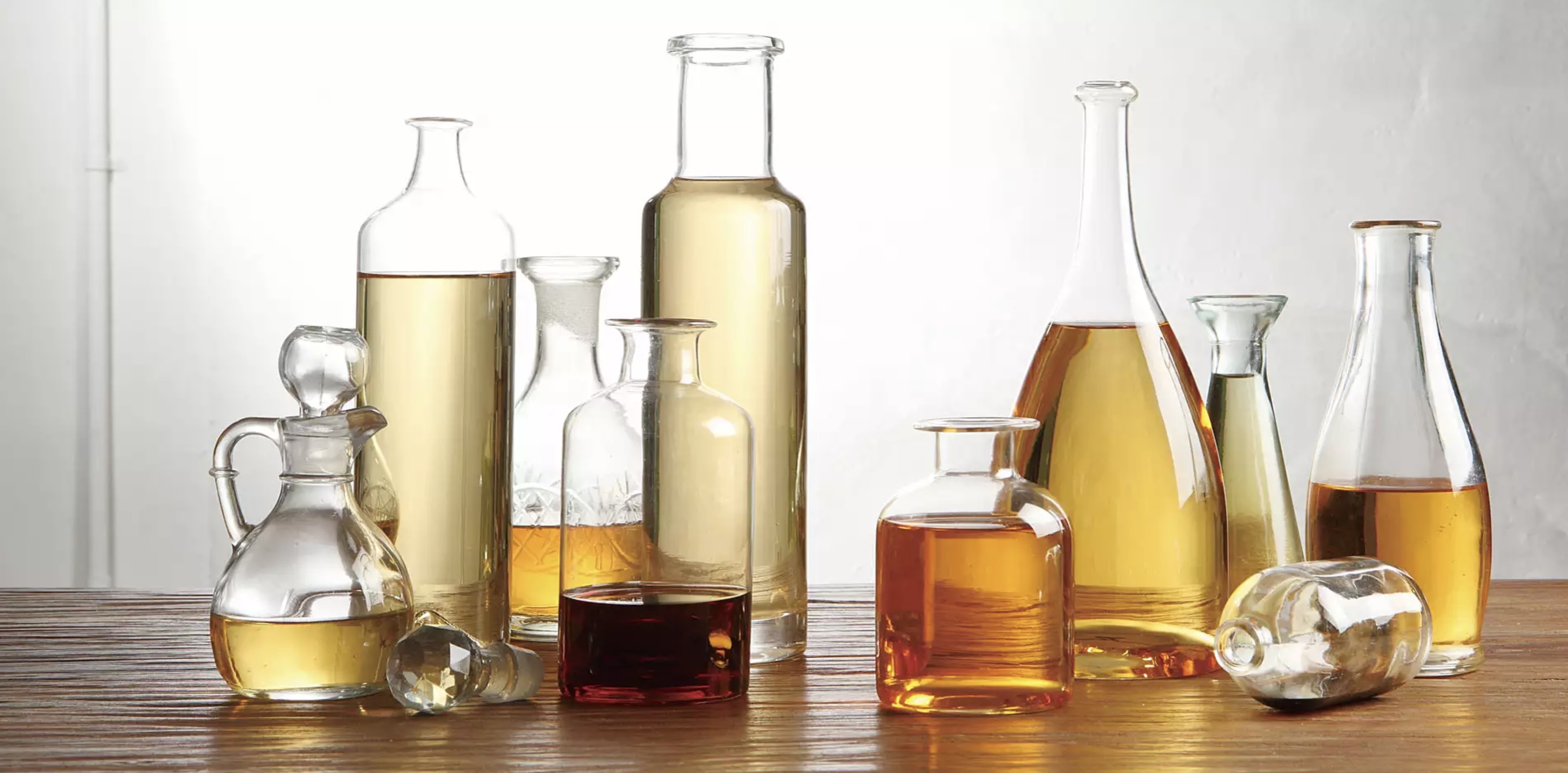ORANGE LEATHER
Testing preservation techniques on orange peels for material upcycling and repurposing
2019
What: Testing for optimal techniques for preserving orange peels
Why: To create a light-weight, flexible, and durable material to serve as an alternative to animal leather
How: Experimenting with drying and coating techniques on cuttings of orange peels
Where: London, UK
This project was the continuation of an exploration into the use of orange peels in the fashion industry. See project Fruit Frocks. I found that dried orange peels became stiff and brittle and therefore not-ideal for use in fashion. These experiments show my attempts to create a beautiful and durable material that could last and be used in the fashion world.
Today, the fast fashion industry relies heavily on animal hides to create long-lasting garments. Thee animals are extremely inefficient and demand huge quantities of land, food, water, and antibiotics, each of which has hugely damaging environmental and social repercussions.
As such, artists and designers are collaborating with scientists to explore vegan and/or environmentally-regenerative alternatives to animal leathers. From Mycoworks to Piñatex, we are seeing a surge of innovative leathers using waste or previously unexplored materials to challenge animal leather’s place in the fast-fashion industry.
I selected ten different natural solvents to test their capacities for preserving orange peels. I tested each on fresh peels, dried peels, and semi-dried peels.

Vinegar
Alcohol
Glycerol
Bees Wax
Hemp Oil
Saturated Salt Solution
White Spirit
Glycerol (Simmered)
Leather Balsam
Coconut Oil



Results:
1. Vinegar: variable: brittle yet slightly flexible with a pungent smell
2. Saturated Salt Solution: degraded structure and durability
3. Alcohol: very brittle material with a pungent smell
4. White Spirit: very brittle material with a pungent smell
5. Glycerol: durable, light-weight and flexible material
6. Glycerol (Simmered): durable, light-weight and flexible material, but less so than without simmering
7. Bees Wax: durable, flexible and waxy. Required several re-applications
8. Leather Balsam: durable, light-weight and flexible. Required several re-applications
9. Hemp Oil: heavy and flexible
10. Coconut Oil: heavy, flexible, oily. Required several re-applications
Conclusion: soaking 1-day-dried orange peels in glycerol created the most durable, light-weight and flexible material.
Colour Experiments
Question: how could I create a range of different shades from vibrant orange, to charcoal black?
Answer: heating in the oven for different periods of time, from 0–45 minutes.
Further experiments:
Soaking duration
Peel thickness: pith or no pith
Wiping down excess solution
Experiments with satsumas, lemons, and limes
Conducted destruction experiments to see what the material could and could not endure. Allowed for comparisons with other more familar materials.
